The Google radar chip project was approved, and the touch screen era will be end?
The Google radar chip project was approved, and the touch screen era will be end?
On the first day of 2019, Google celebrated the New Year's Day: The US Federal Communications Commission (FCC) approved the Google Gesture Operational Sensing System on the last day of 2018: the "Soli Project" applied for the band, allowing its millimeter wave The radar uses 57-64 GHz with a peak equivalent isotropic radiated power (EIRP) of up to 13 dBm. This means that after two years of disappearance, the "Handheld Radar" Soli project will continue to develop as planned.
Originally announced in 2015, the Google Soli project is one of the experimental projects of Google Advanced Technology and Planning (ATAP), which is dedicated to creating a virtual control system based on 60GHz millimeter wave radar technology. Use radar technology to capture human gestures and operate the machine with sub-millimeter accuracy. At that time, it entered the public view as a black technology concept, and people did not have special long-term expectations for it. Now, at this glance, the usual lack of news means that the Soli project will be allowed to enter the deployment phase. It is an important warning signal to all current electronic equipment manufacturers and consumers: gesture operation sensing, most likely near A future interactive technology in front of us.
Users only need to put their hands in front of the sensor to make specific actions out of thin air, such as a ring finger, you can control devices such as smart watches and speakers. Its operational demonstration is like this:
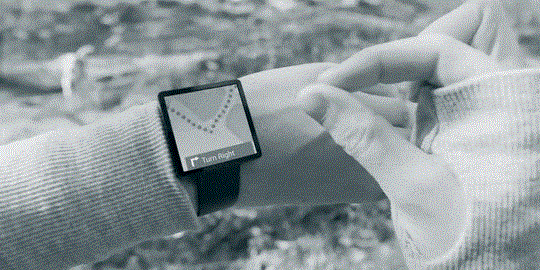
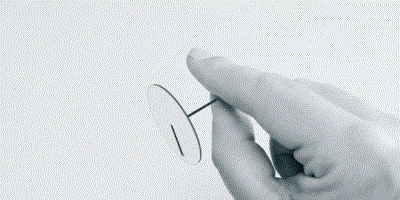
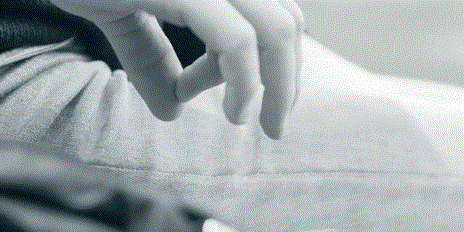
When talking about the Soli project, you have to talk about the aforementioned Advanced Technology and Planning Department (ATAP). It originally belonged to Motorola. From the name, it can be seen that this is a department dedicated to doing things. Its original intention is to try various innovative technologies, regardless of the final result, which is in line with Google’s black technology development direction. Therefore, when selling Motorola, Google had incorporated this department.
In addition to the Soli project, ATAP also owns the Tango project for the development of mobile AR computing platforms (now discontinued), the Ara project for the development of modular handsets (now discontinued), the development of the Jacquard project for embedding sensors on clothing fibers and more.
Unlike most gestures and motion capture technologies on the market, Soli uses millimeter-wave radar technology instead of 2D, 3D cameras or infrared light. It works in the same way as the radar we are familiar with. It first emits electromagnetic waves into an area, and then receives the waves reflected from the objects for processing, calculation and analysis. For example, when the index finger and the thumb are combined, the action of pressing the button will be simulated, and when they rub back and forth, the action of the rotary knob will be simulated, and these actions will interfere with the time and speed of the return of the wave. After collecting the radio wave law and analyzing and calculating it, the system can identify the specific motion pattern, determine the action made by the user, and issue a response control command.
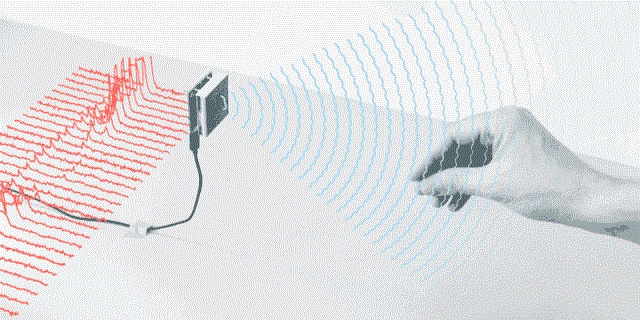
Soli radar sensors use extremely high frequencies and very short wavelengths - the 60 GHz frequency corresponds to 5 mm wavelength - so it is concentrated, directional, and resistant to environmental disturbances. It can be integrated into the package and easily passed through the plastic housing to capture millimeters. Hand movement changes while ensuring echo intensity. However, the ideal is full, but the reality is very skinny. After a series of tests and data analysis, Google found that in order to achieve these black technologies, Soli's millimeter-wave radar chip power must exceed 10dBm, at least 13dBm. So Google submitted the relevant application as early as March 2018, and wanted to get the same 20dBm peak EIRP in the US as the European standard.

However, during the public comment period, many communication agencies such as IEEE 802, CORF, CCIA and FARS raised objections to Google's technology, fearing that millimeter-wave radars exceeding a certain intensity would interfere with aircraft equipment that also utilizes this frequency band, communication satellites and 60 GHz WiFi. (WiGig technology). This is why the FCC has not approved the application. In nine months, Google submitted more test data to prove that their radar chips will not cause serious interference, and reached a consensus with Facebook on the technical details such as peak EIRP to ensure that the chip parameters are controlled within a reasonable range. Finally convinced the FCC to issue a license of 57-64GHz band up to 13dBm. Although it has not yet reached 20dBm in Europe, but it is enough to allow the Soli project to continue on the existing route.
However, such radar technology is costly, and it is not enough to collect data by radar, but also to achieve real-time data transmission, integration, calculation and analysis. Faced with such high-intensity data processing requirements, the camera and infrared solutions seem to be superior: low cost, mature technology, and poor capture accuracy. For example, American startup Leap Motion has been cultivating in this field for many years. Its gesture capture system relies on the camera and infrared light to complete the precise operation of manipulating the drone.
The Soli team has now redesigned the entire radar system into a 8mm x 10mm chip that combines all radar antennas and sensors, including four RX antenna arrays and two TX antenna arrays, and has developed two architectures: Frequency Modulation Wave Radar (FMCW) and Direct Sequence Spread Spectrum Radar (DSSS). The biggest player behind this is Infineon, which leverages expertise in radar signal processing and specializes in customizing this chip with Google's algorithms. The combination of soft and hard of the two companies makes the operation of the airspace a reality.

At the 2016 I/O conference, Soli team leader Ivan Poupyrev demonstrated the power of the new system. With multiple optimizations in algorithms, software and hardware, the chip's size and power are reduced, but it maintains a fairly high radar accuracy, resolution of about 20 mm, detection update rate of up to 18000 FPS, up to 15 Motion capture in the meter. The Soli team demonstrated live LG watches and JBL speakers in the air. In a certain area, the content on the dial changes with the distance between the hand and the watch, and the flow of information can be simulated.
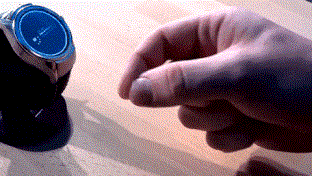
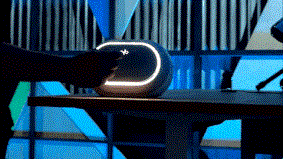
Once the distance between the hand and the watch is less than the preset threshold, the system will automatically call up the menu list, and the user only needs specific gestures to complete the browsing, selection and confirmation commands. The operation of JBL speakers is similar, and the boot, song, cut song and shutdown can be realized by air. The whole process doesn't need to be touched, it still looks cool, and from a certain point of view, finger manipulation is more intuitive than touch, because making simple actions requires little or no visual cooperation.
The approval of the FCC has already stated that Google has not treated the Soli project as it did with Ara and Tango. Instead, it has been quietly researching and developing in the past few years. Maybe there have been key technological breakthroughs before the application for relaxation of restrictions will be submitted.